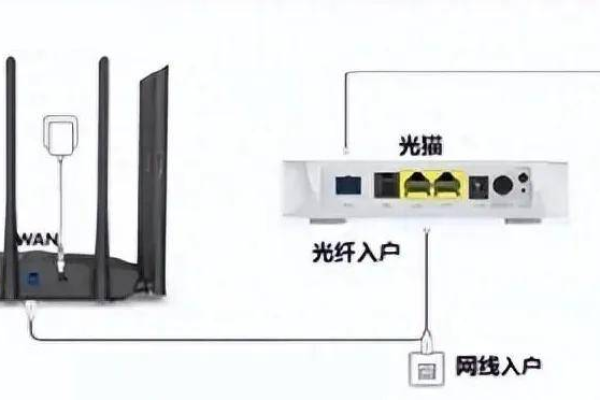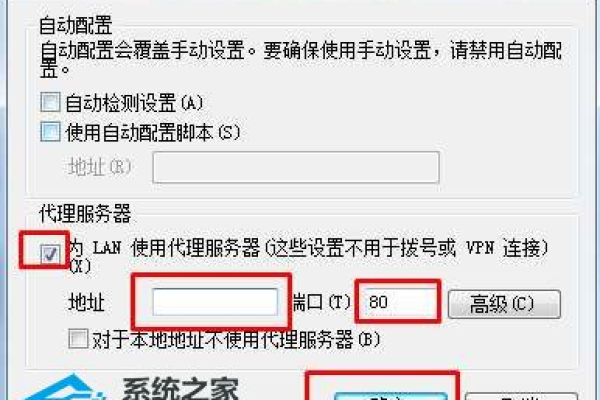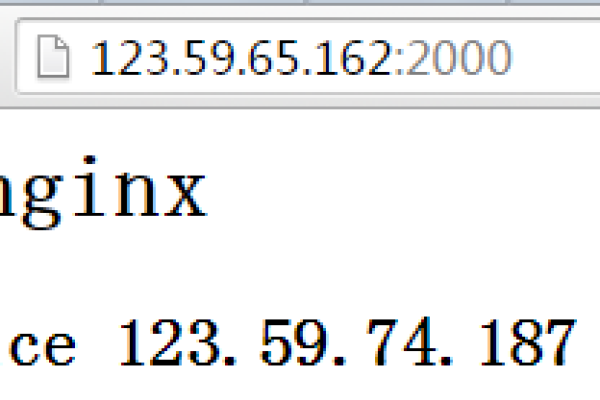服务器iis怎么设置301重定向
- 行业动态
- 2024-05-19
- 5
设置IIS服务器进行301重定向的步骤如下:
1. 打开IIS管理器
在Windows系统中,可以通过“开始”菜单找到“Internet Information Services(IIS)管理器”。
2. 选择需要设置的网站
在左侧的连接中,找到你需要设置的网站,然后点击右键选择“添加应用程序”。
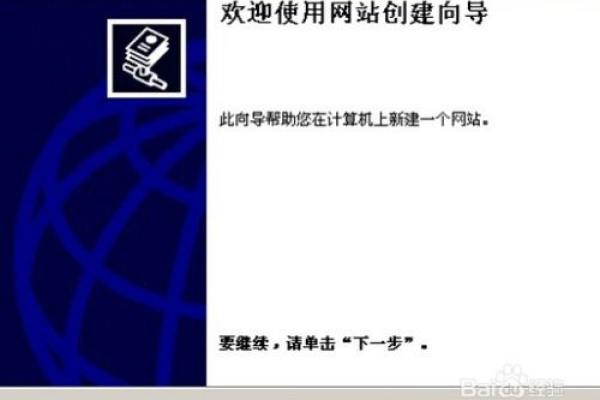
3. 添加重定向规则
在右侧的操作栏中,点击“添加规则”。
4. 选择重定向类型
在弹出的对话框中,选择“HTTP重定向”。

5. 设置重定向参数
在“HTTP重定向”设置中,可以选择“将所有请求永久重定向到精确位置”,并在下方的输入框中填写你希望重定向到的URL。
6. 完成设置
点击“确定”完成设置,此时你的网站已经设置了301重定向。
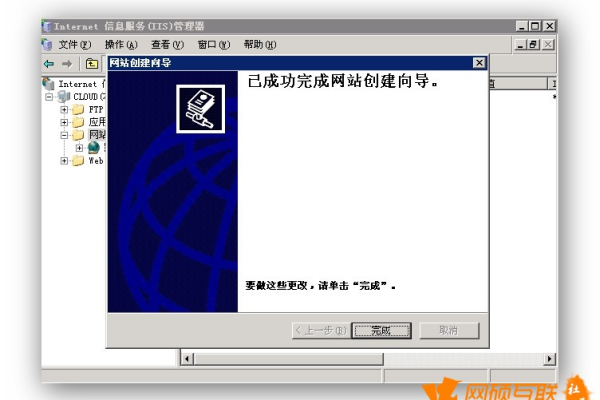
7. 测试重定向是否成功
可以在浏览器中输入原来的URL,看是否会跳转到你设置的新URL,如果会,那么说明设置成功。
以上就是在IIS服务器上设置301重定向的详细步骤,希望对你有所帮助。
